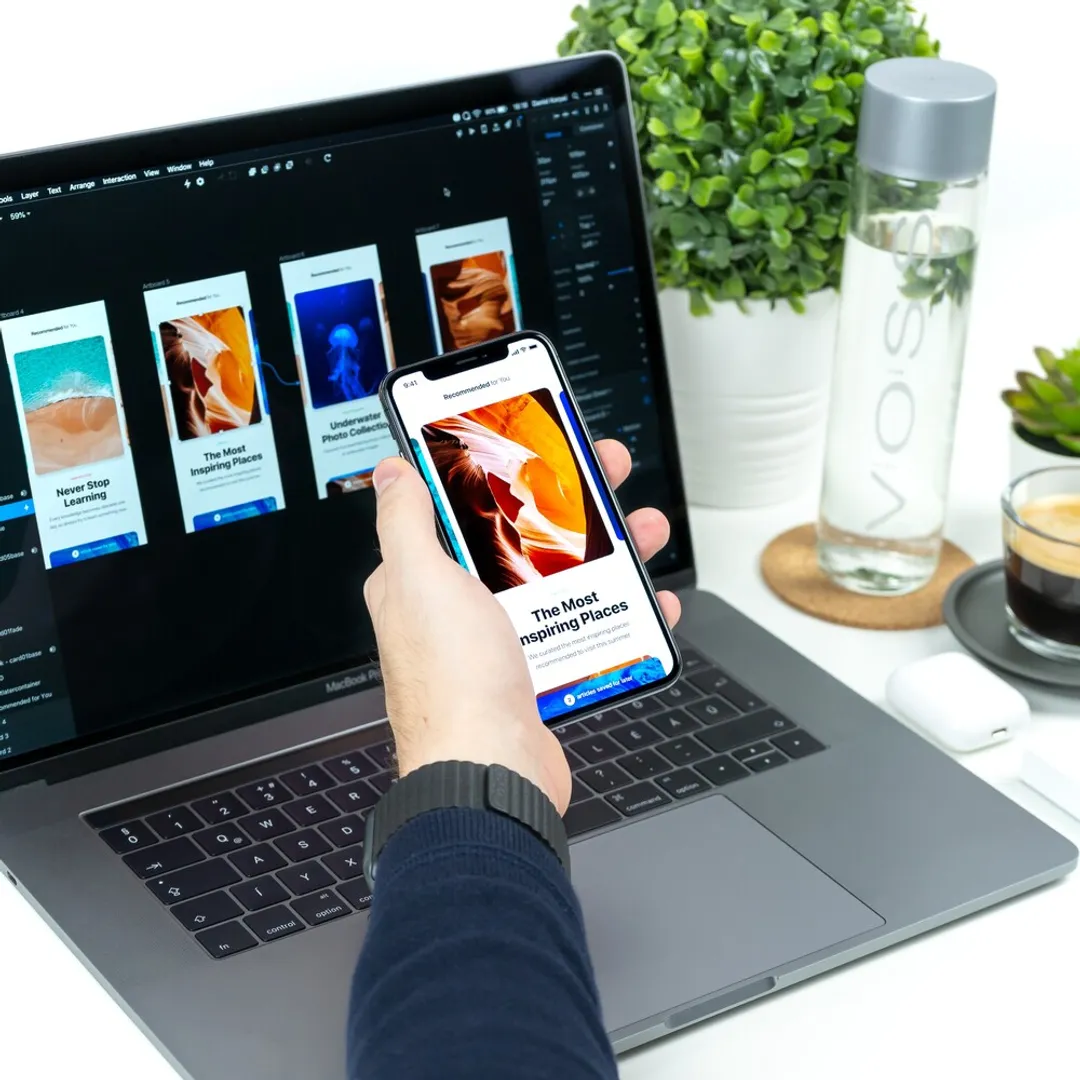1 yr
User experience (UX) and user interface (UI) design are two crucial components of creating a successful website or application. UX design focuses on the user's overall experience when interacting with a product, while UI design deals explicitly with the visual and interactive elements of the product. In this post, I will briefly introduce and discuss some of the essential UX and UI design principles every designer should consider. The ultimate goal of UX design is to create a product that is easy and enjoyable to use. This involves understanding the needs and behaviors of the target audience and designing a product that meets those needs. One of the most important principles of UX design is...

Blog
Design
SaaS